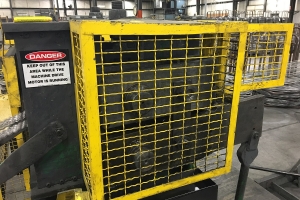SVEP not living up to its billing
One of OSHA’s key enforcement initiatives is the Severe Violators Enforcement Program, which the agency says identifies employers who are indifferent to workplace health and safety and subjects them to enhanced settlements and follow-up inspections.
But how effective is this program, really?
OSHA’s white paper on the subject, published earlier this year, said the program was “off to a strong start” in its first 18 months. Besides imposing extra penalties on “indifferent” employers and subjecting them to follow-up inspections, SVEP is effectively “targeting high-emphasis hazards (and) facilitating inspections across multiple worksites,” according to the white paper.
But Eric Conn, who leads the OSHA practice at the Epstein Becker Green law firm, has written an article for the Washington Legal Foundation that offers a much different assessment.
“Despite OSHA’s claims … careful scrutiny of the data available regarding the SVEP casts doubt on the program’s effectiveness and reveals several glaring problems with how the SVEP is being administered. Most notably, the Severe Violator Enforcement Program:
“1. Disproportionately targets small employers with enforcement rather than compliance assistance;
“2. Provokes more than four times as many legal challenges to the underlying citations as compared to the average OSHA enforcement action;
“3. Encounters significant obstacles in the execution of follow-up inspections of SVEP – qualified employers; and
“4. Finds virtually no systemic safety issues when follow-up and related facility inspections are conducted (i.e., the program is not capturing recalcitrant employers).”
The SVEP is just one more example of an enforcement program gone off the tracks. OSHA should take Conn’s critique seriously.


